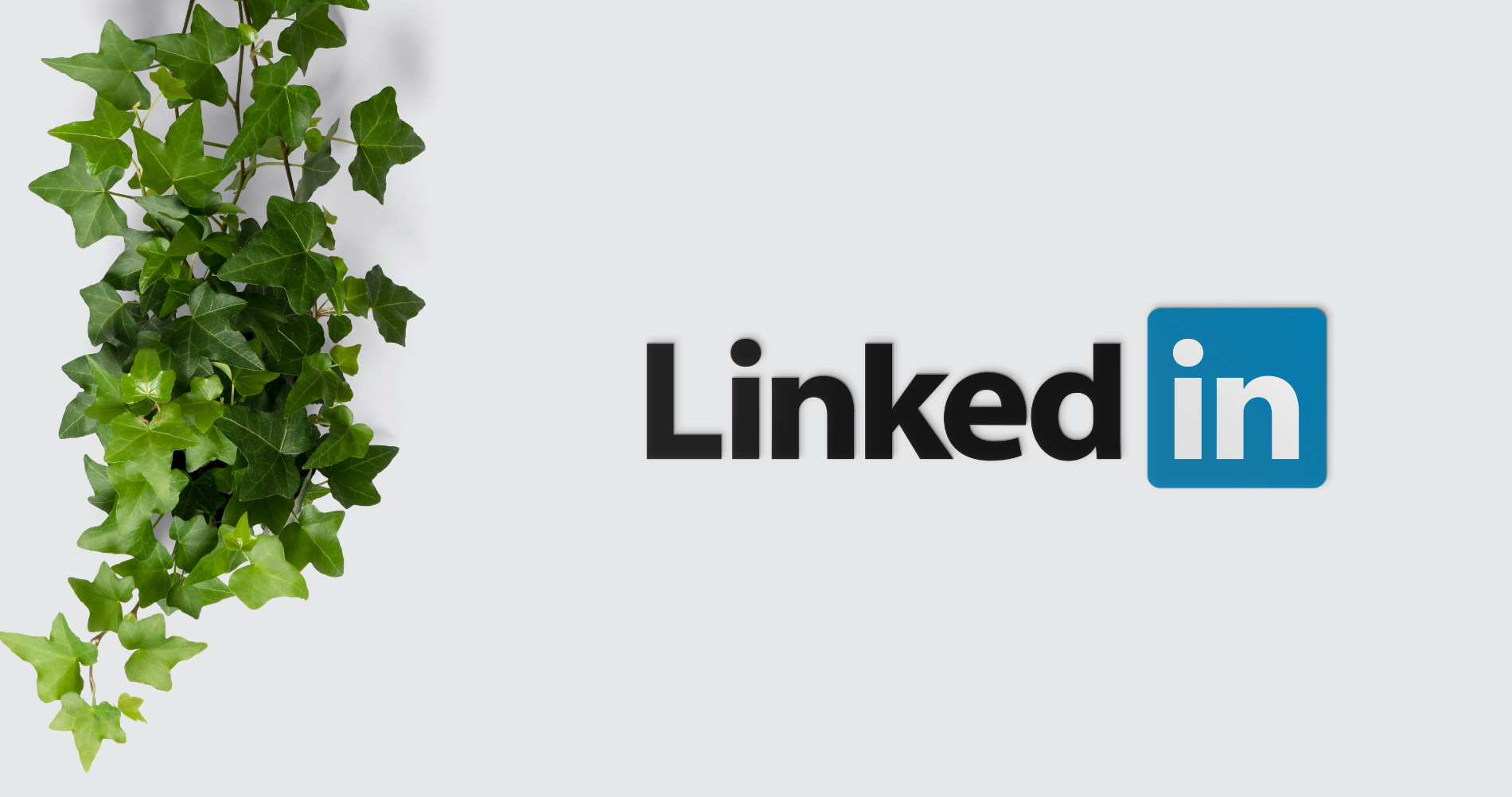
LinkedIn is the largest professional networking platform to date. With 610 million members in total, about 40% of which are active users, it’s safe to assume that LinkedIn is the place to be when it comes to professional networking or job searching.
What is LinkedIn?
Many of you will already know what LinkedIn is and may even have a profile set up. For those that are unfamiliar with the platform, LinkedIn allows you to upload your work experience, achievements and education, enabling you to sell yourself and your work experience to others. Many like to think of it as a digital CV and a way for employers to find out more about you on a professional level.
Read on to learn more about the differences between LinkedIn and a CV and how you can use it to enhance your job prospects and showcase your experience…
LinkedIn is more than just your CV
View this post on Instagram
As we mentioned earlier, LinkedIn is often thought of as a digital copy of your CV. Like your CV, your profile will highlight your work experience, education, achievements, and other valuable skill sets.
Though this is true in one aspect, LinkedIn isn’t just a place for you to upload your CV, add your friends to your network and be done with it. It’s more than that. When used correctly, it is the equivalent of a large, global, continuously running digital networking event that allows you to find internships, jobs, and network with influential people across all industries.
One of the key features of LinkedIn is it offers a platform for you to look and apply for jobs, via their job board, you are even able to specify things like the location, experience and industry to enable you to find your perfect role.
You can also join “groups” focused on a particular industry or field you’re interested in. This enables you to meet and network with people with like-minded personalities and experiences similar to yours.
Lastly, with the ability to post articles you admire or even some of your own, you are able to create your own personal branding. Why is this useful? Personal branding is a way of showcasing yourself to others on a professional level. The articles or posts you share or comment on will influence how others think about you. When used correctly, it can help you build up your credibility, expertise, and respect within your field.
Use LinkedIn to tell a bigger story
With a CV, you are limited on how much you can say; ideally, a CV should be no more than one side, which can make it hard to discuss your experiences in detail. With your LinkedIn profile summary, you aren’t restricted as much. This gives you room to expand more on your previous experiences. Use LinkedIn to go into more detail about your previous experience. For work experience talk about projects you worked on, your responsibilities and your achievements, for your education talk about your degree in more detail and the types of topics that you studied. This will give people a bigger picture of your skillset and knowledge.
LinkedIn also has an ‘About’ section. This is at the top of your profile and gives viewers a brief overview of who you are, your interests, and your experience. Use this section to tell your career story in your own words. Many people often only have a couple of sentences in this section, but it has a 2,000 character limit, so don’t be afraid to utilise this. Highlight who you are, what you have done in your career, and what makes you tick. Lastly, talk about your passions outside of work. This is a way for people to understand you as more of a person.
LinkedIn uses a different type of tone
Though LinkedIn is a professional platform, its tone is actually a little less formal. On Linkedin, you want to write in the first person. One of the main points of your LinkedIn profile is to show off your professional personality to make people who read it want to connect with you. Using a very formal tone as is expected for a CV will do the opposite of that. After all, LinkedIn is still a networking and social media platform, so some informality is considered acceptable.
So, how should you write your Linkedin profile? Ideally, you want someone to read your profile as if you were sitting next to them and telling them yourself. Imagine you have just started a new job and are telling your colleagues about yourself, you want to show off your experiences and skills, but you also want to seem personable and friendly as well as having a passion for your industry. However, you still need to use a professional tone. Stay away from slang terms and be sure that you double-check for any grammatical errors.
Utilise the ability to attach media, presentations, and publications
Like a portfolio, the photos, videos, presentations, and publications that you are a part of service as proof of your skillset.
In creative industries, you’d generally submit your portfolio along with your CV, but this isn’t common in most other sectors, therefore leaving you without the ability to give more proof that you’d make a great employee.
However, on Linkedin, you will not have that problem. On your profile, you can highlight some projects that you are proud of or maybe a speech you gave at a conference. Did you write several articles for your company? Link the articles as a sample of your work in the “Publications” section of your profile.
What this does is allow employers to get more of an insight into your work, and it backs up what you talked about in your CV. If you really want to step it up, consider linking your Linkedin profile to your CV. Therefore, allowing potential employers to learn more about you and find out more about the experiences you have put on your CV.
If you do this, make sure that you are not just copying from your CV to LinkedIn or vice-versa, as the employer will notice, and it makes you seem lazy. However, you should know this already given that you’ve read all of the tips above!
Final Thoughts
Overall, having a LinkedIn, along with your CV, will massively help you with your career development and when applying for jobs. It is an excellent way to show off your skills in much greater detail than you can on a CV, and with the ever-increasing growth in technology in the workplace, it is highly likely that having a great LinkedIn will become as important as a CV in the near future. You are already able to apply for roles on LinkedIn with just your profile as a reference, and this will probably become more common in the future. So be sure to get ahead of the game!
Do you use LinkedIn regularly? Let us know in the comments section!
Related Articles




